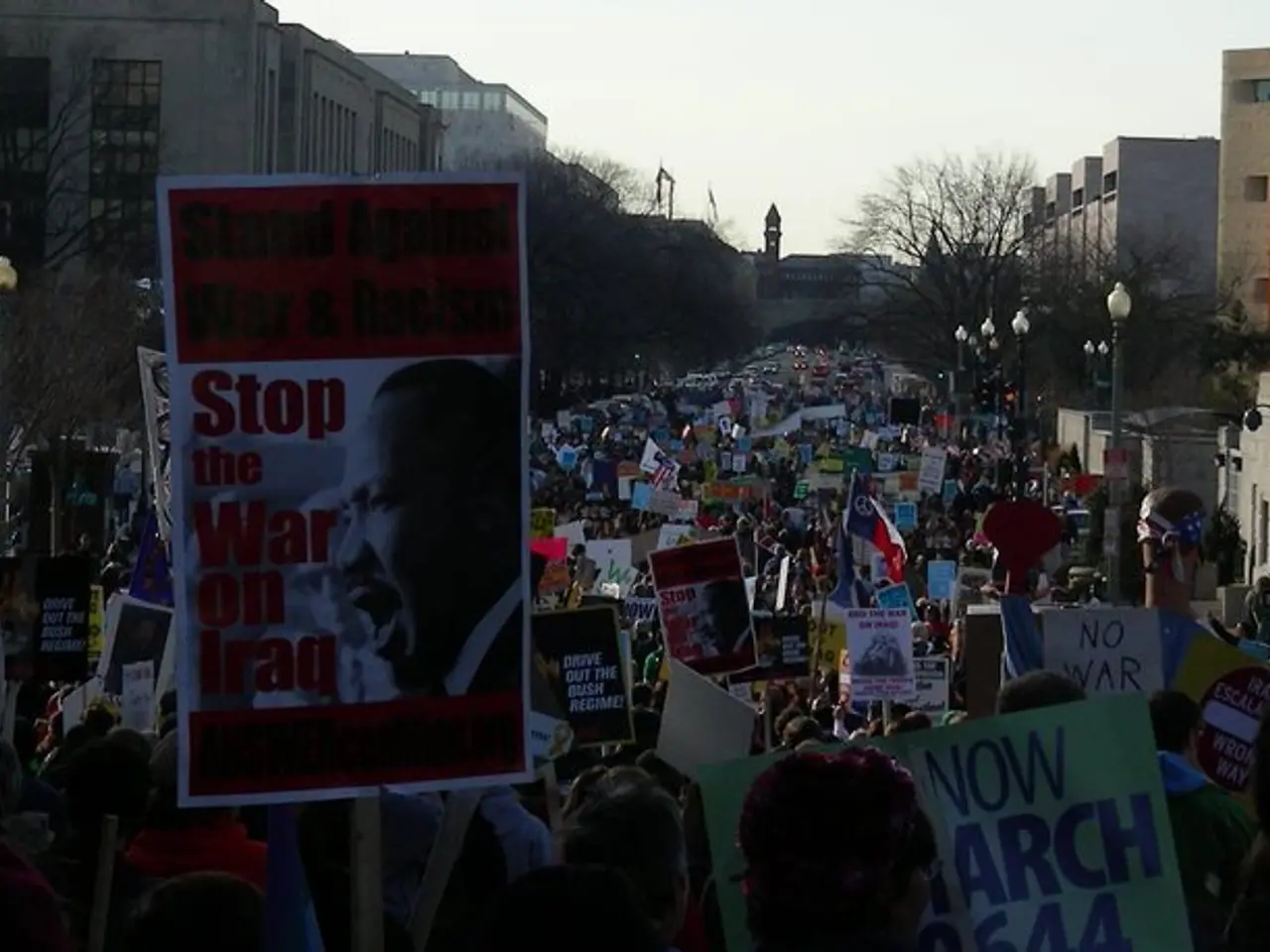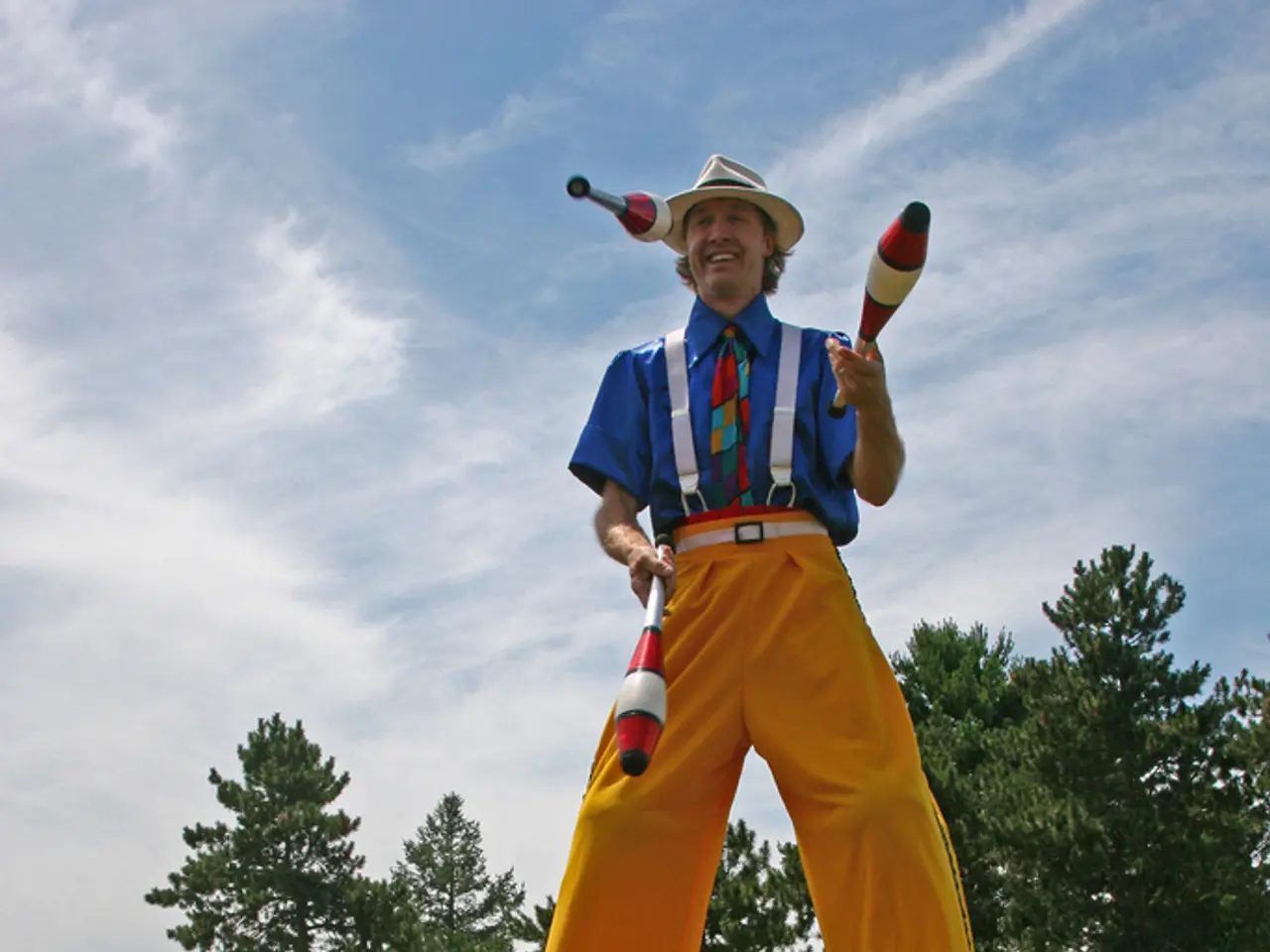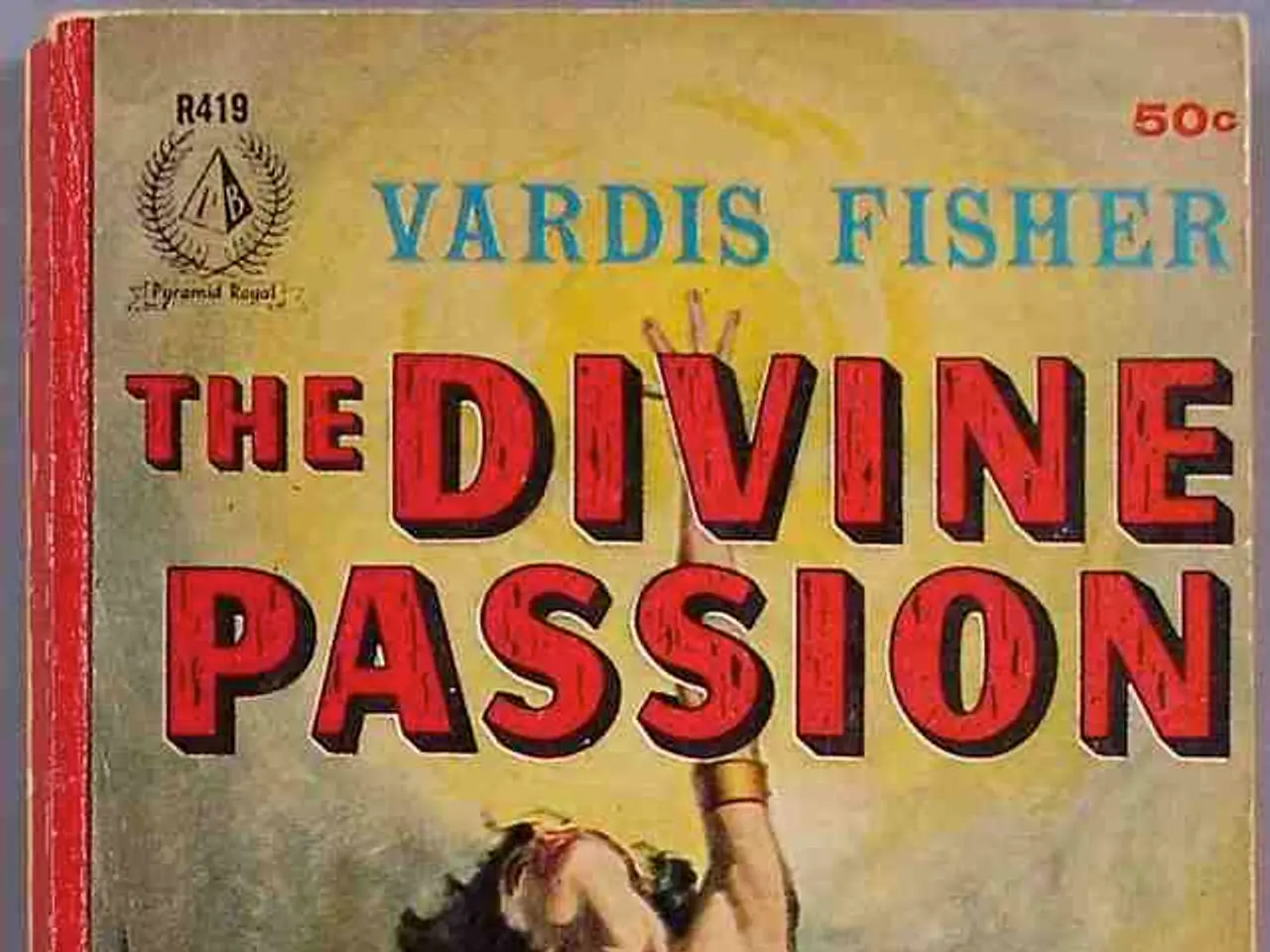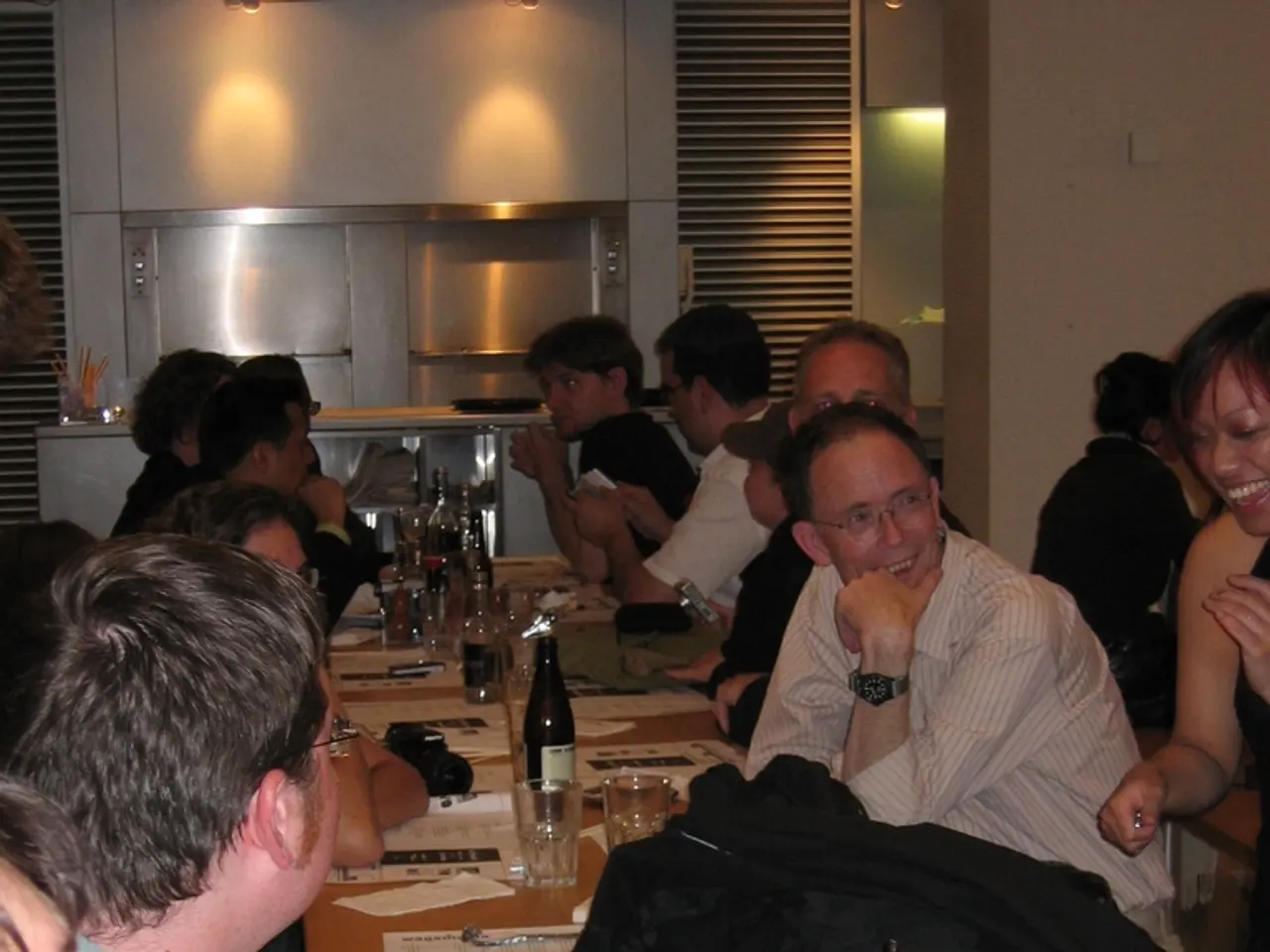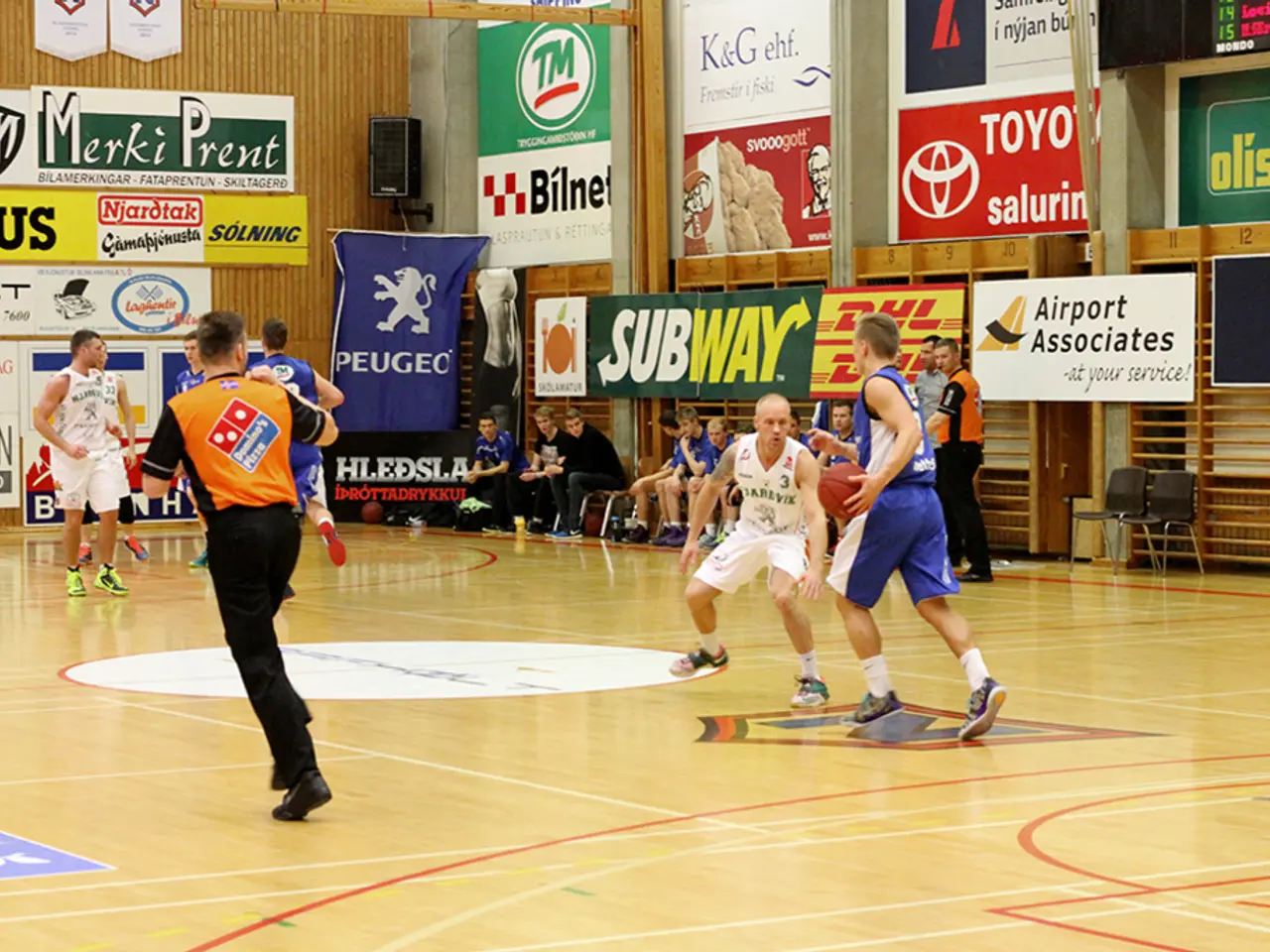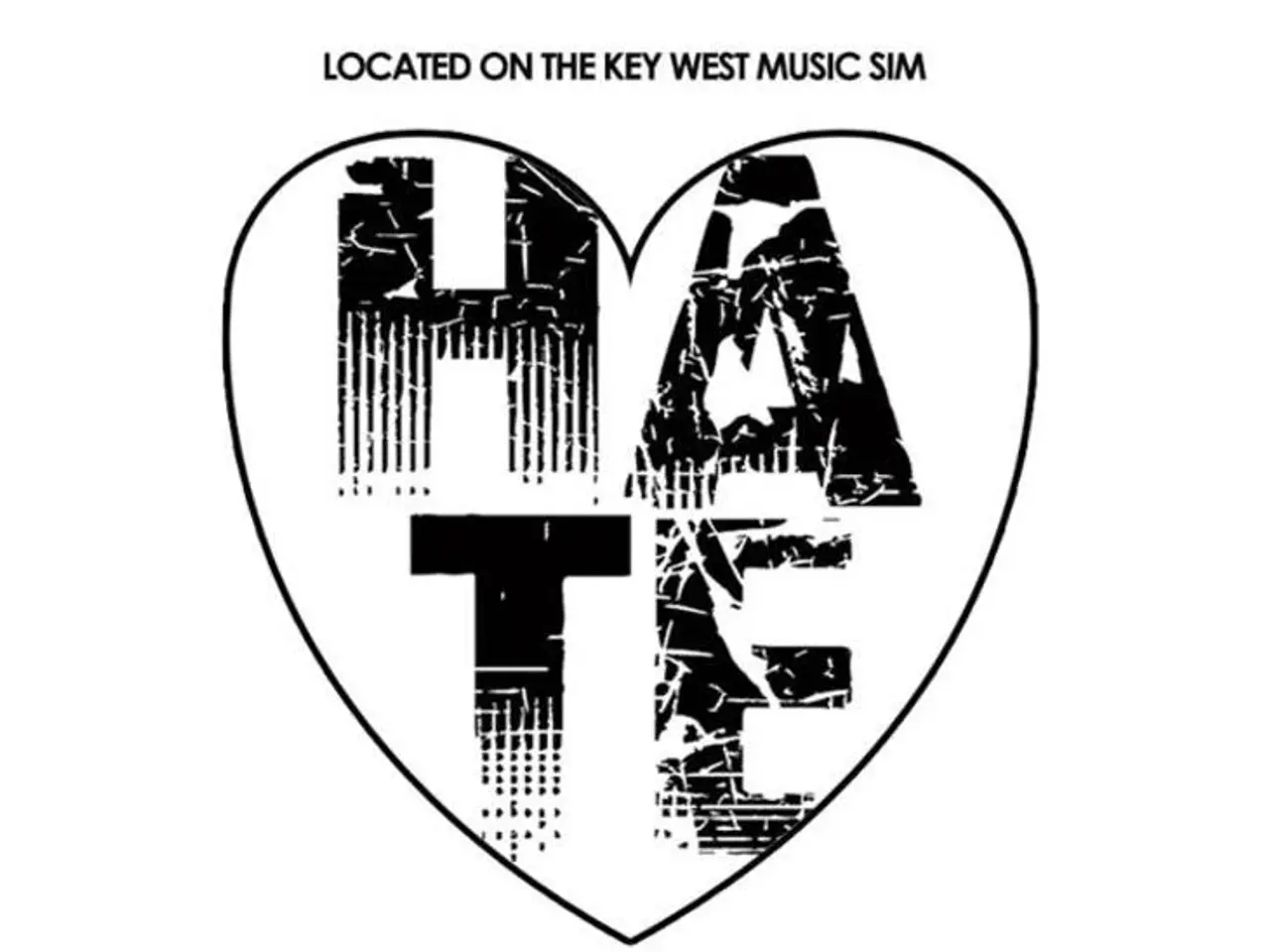Striking Images Taken by Trailblazing Photographer Diana Davies, Highlighting 27 Pieces
In the late 1960s and early 1970s, Diana Davies emerged as a pioneering photojournalist, capturing the essence of revolutionary social movements, particularly the early days of the gay rights movement.
Born in 1938 during the Great Depression, Davies grew up moving between Maine, the Catskills, New York City, and Boston. At the tender age of 16, she dropped out of high school with dreams of becoming a musician. However, her passion for music led her to photography, as she taught herself the craft and used the backstages of theaters as a practice shooting space.
Davies' photographic journey began in earnest during the 1960s, as she became associated with the counterculture movement. She captured the spirit of the Newport Folk Festival in Rhode Island in 1964, where she met various musicians, singers, and folk culture enthusiasts. This was just the beginning of her career, which would soon see her documenting the folk music scene and, later, the burgeoning gay liberation movement.
One of Davies' most significant contributions was her coverage of the New York City's first Pride March, held in 1970 - the first anniversary of the Stonewall Riots. Her images, filled with love and shared humanity, captured the essence of the movement and its community. Davies was there when Donna Gottschalk held a placard stating "I am your worst fear I am your best fantasy," a powerful visual representation of the fight for rights and visibility within the LGBT+ community.
Throughout her career, Davies captured key moments in the gay rights movement, including those of Marsha P. Johnson, Fred Sargeant, Barbara Gittings, and Craig Rodwell. She also documented luminaries like Bob Dylan and Bessie Jones during the counterculture era. Her work was featured in mainstream news outlets like The New York Times and Life.
Davies' photography emphasized the closeness of the gay rights movement community and their shared humanity. Her images, which captured more intimate moments like one couple's attempt to break the world record for kissing during a Gay March on Central Park in New York City, demonstrated her role in visually chronicling the LGBT+ community’s fight for rights and visibility during that period.
By the 1990s, Davies had mostly stopped working as a photographer, focusing more on her illustrations and graphic art. However, her impact on the historical record of the counterculture and queer movements remains undeniable. Her work, which captured the love shared between people in these movements and the undeniable joy present in these communities, continues to make an impact today.
A gallery of Diana Davies' photographs can be found below, offering a glimpse into a pivotal period in history, captured through the lens of a truly remarkable photojournalist.
Gallery:
Insert images of Diana Davies' photographs here
This article is based on the provided bullet points and does not include additional research.
- Diana Davies' photography held a unique place in travel literature, shedding light on the culture and history of the revolutionary social movements of the 1960s and 1970s.
- Her photographs of the gay rights movement's early days, particularly the New York City Pride March in 1970, became a significant piece of pop-culture and social-media discourse.
- As a pioneering photojournalist, Davies' work intertwined with the fashion-and-beauty trends of the counterculture era, capturing iconic celebrities and everyday people in their distinctive attire.
- Davies' contribution to photography wasn't limited to culture and history; she also made an impact in the realm of entertainment, documenting various events and personalities that shaped the era.
- In addition to her coverage of the gay rights movement, Davies photographed key figures in the music scene, including Bob Dylan, a huge influence on pop-culture and sci-fi-and-fantasy fans.
- Her photographs were celebrated for their ability to capture the spirit of the sporting events she covered, such as baseball, hockey, golf, basketball, and even auto-racing, adding another dimension to her versatile portfolio.
- Davies' work on sports-betting, racing, and mixed-martial-arts was also noteworthy, providing a visual chronicle of these emergent and often controversial sectors.
- Her photographs analyzed the dynamics of sports and revealed the wealth of emotions that surrounded them, from determination and triumph to disappointment and loss.
- Davies' photography was instrumental in weather forecasting, capturing stunning images of natural events that defined that era, such as heavy storms and sunny days in various cities, further expanding her connection to photography and the world around her.
- Alongside her documentation of sports and social movements, Davies' photos captured the essence of the tennis scene, exposing the grace, power, and passion of its players.
- Davies' work, while primarily concentrated on history and culture, also offered insights into the lifestyles and personalities of various athletes, suggesting a sophisiticated understanding of the human condition.
- In a time when social media was still a distant concept, Davies' photographs served as a vibrant bridge connecting people to the spirit of the age, influencing lifestyle choices, fashion trends, and even shaping perceptions of identites and cultures.
- Nowadays, her work continues to inspire artists, historians, and activists alike, offering a compelling glance into the interplay between history, culture, and identity.
- Davies' impact on photography and its various applications extends beyond her photographs; her legacy serves as a testament to the transformative power of art and its ability to unify, challenge, and uplift a nation.
- For those interested in the history of social movements, pop-culture, or photography, the gallery of Diana Davies' works serves as an invaluable resource, offering a glimpse into a pivotal period in history and the hearts and minds of the people who shaped it.
